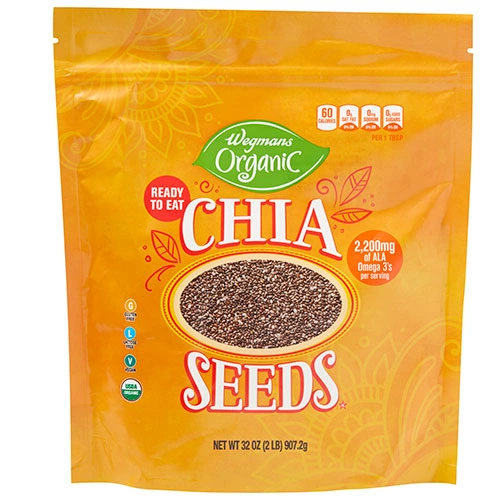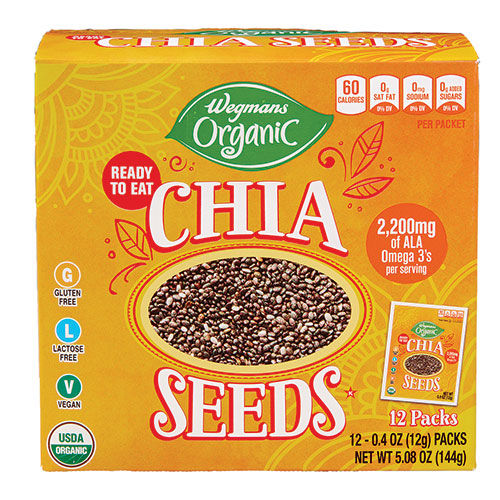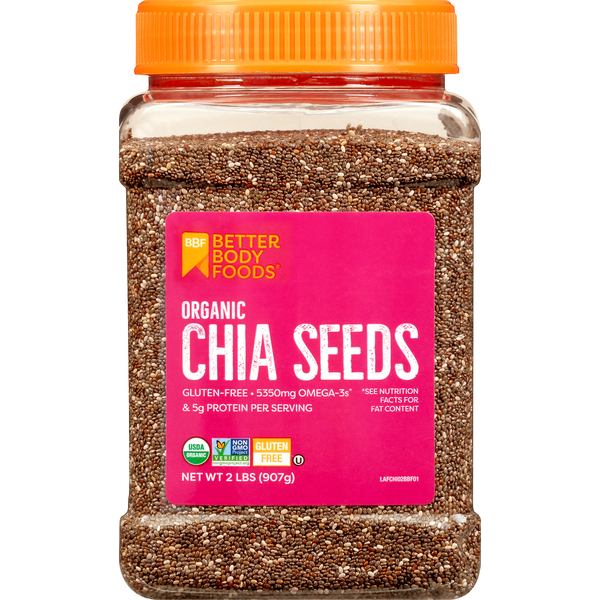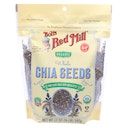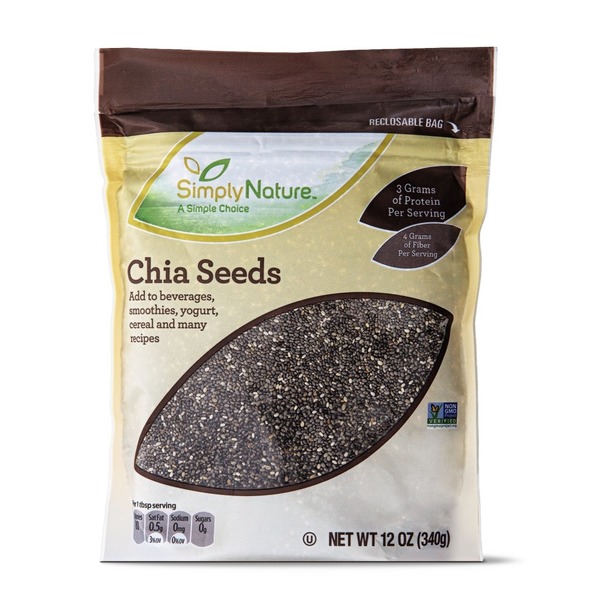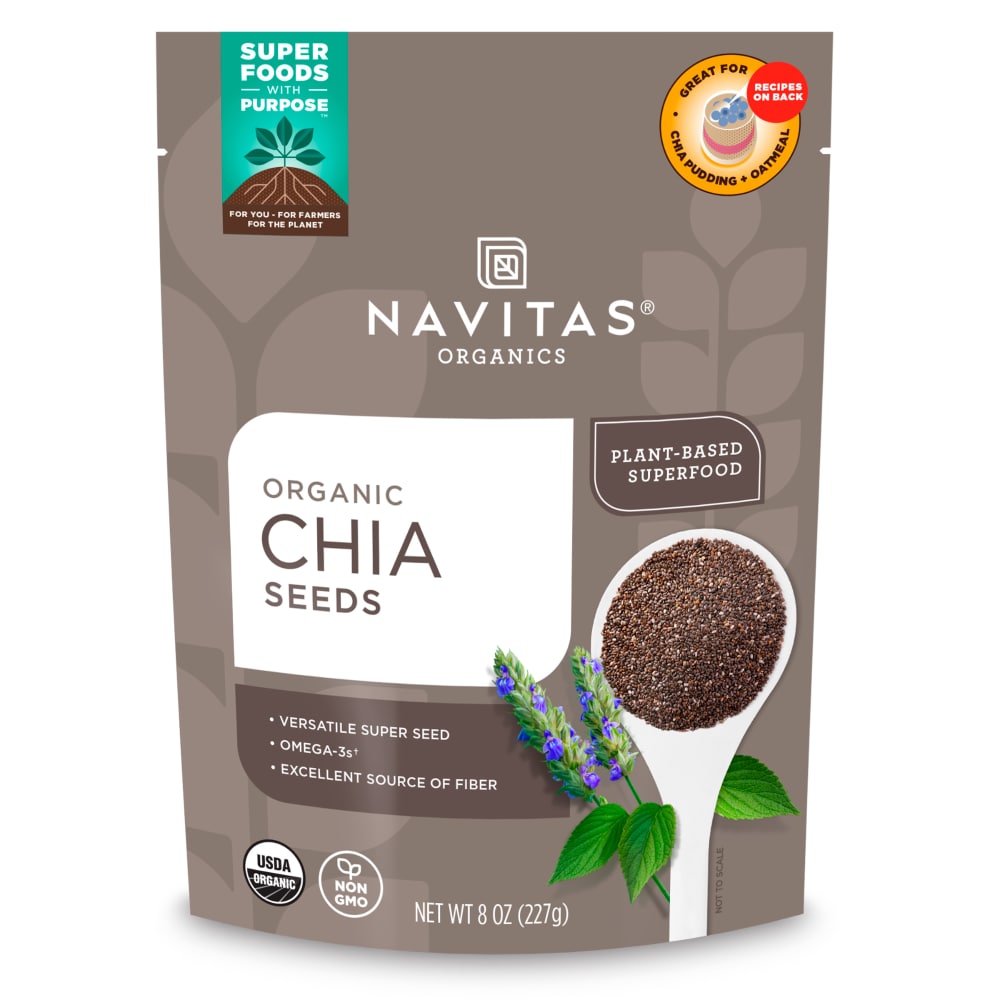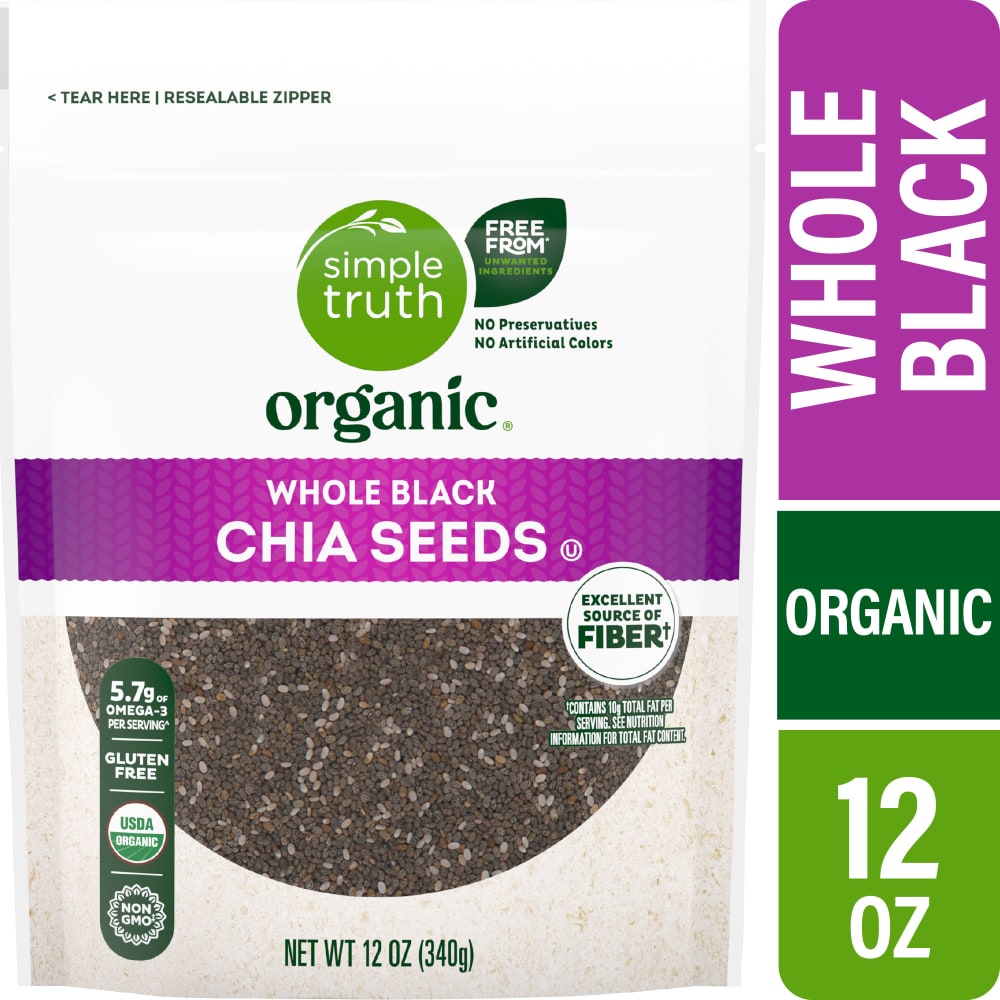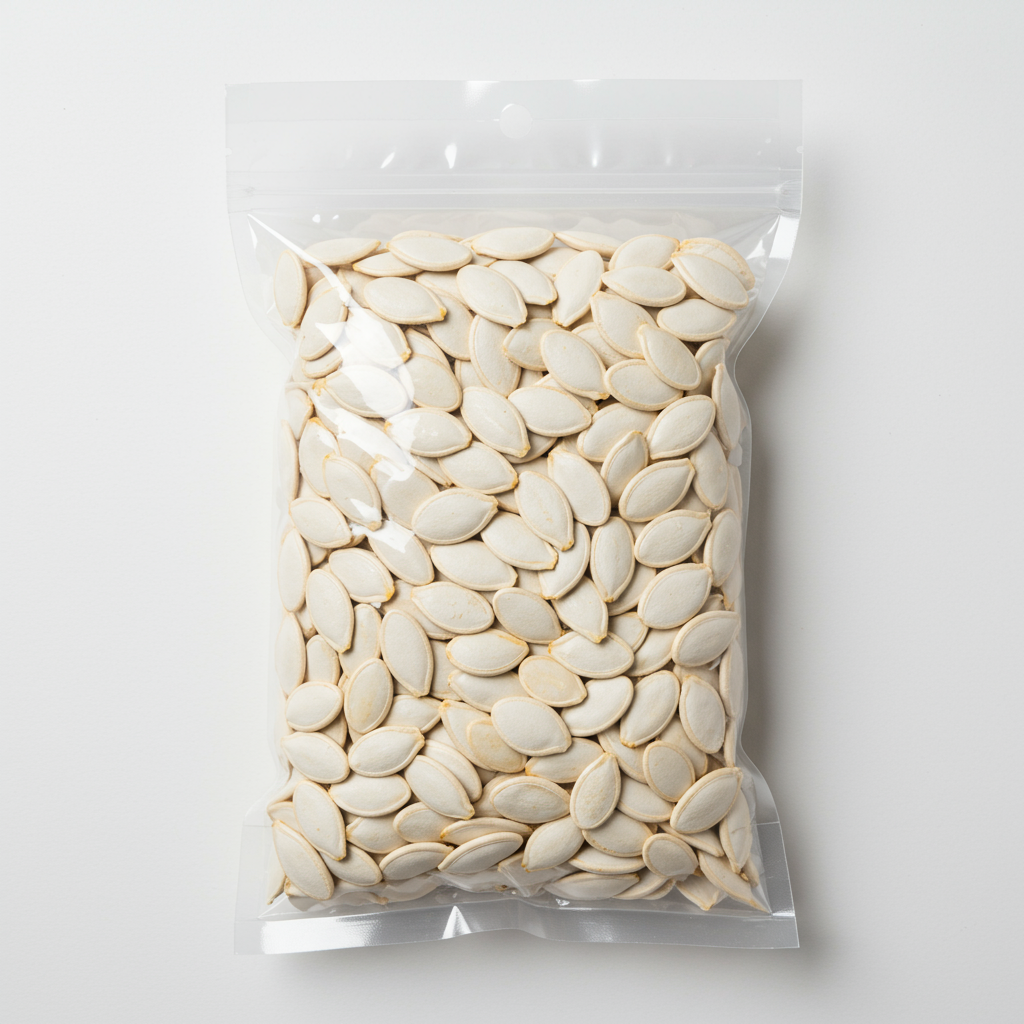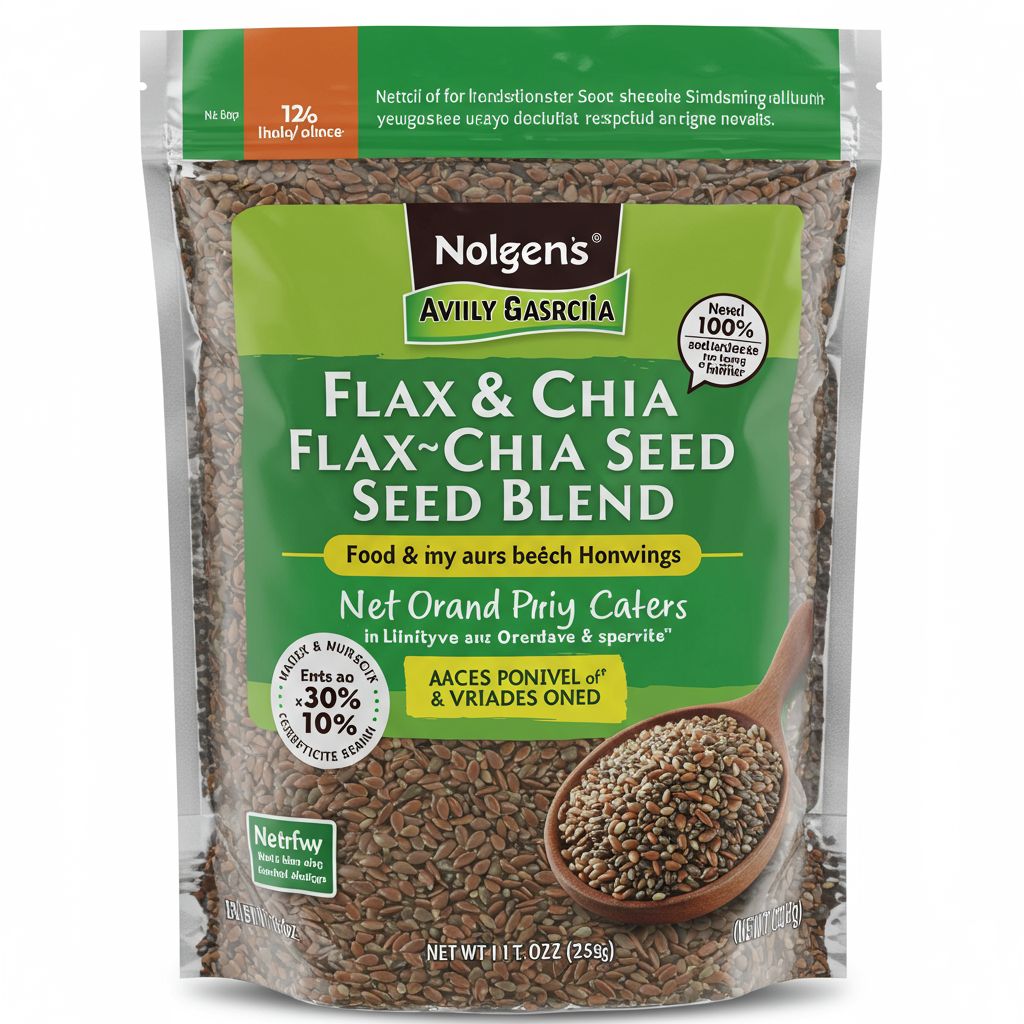BREAKFAST AND BRUNCH
DESSERTS
SALADS
Chia Seeds
Chia seeds, scientifically known as Salvia hispanica, are tiny black and white seeds native to Mexico and Guatemala. Revered since ancient times for their energy-boosting properties, chia seeds have gained popularity in recent years as a superfood renowned for its abundant nutritional benefits, including high fiber, omega-3 fatty acids, and antioxidants.
Incorporating chia seeds into a home cook's repertoire is simple, as their mild, nutty flavor lends itself well to various recipes. Commonly used to thicken smoothies, puddings, and salad dressings, they can also be used as a vegan egg substitute in baking or sprinkled atop yogurt, oatmeal, and salads for added texture and nutrients.
47%
CARBS
34%
FAT
19%
PROTEIN
1,088 Chia Seeds Products
Wegmans Organic Ready To Eat Chia Seeds
Wegmans Organic Chia Seeds, 12 Packs
– USDA Organic, Gluten-Free, No Nuts/Soy/Dairy
BetterBody Foods Organic Chia Seeds
Bob's Red Mill Organic Whole Chia Seeds
Simply Nature Chia Seeds
Navitas Organics Chia Seeds, Organic
Chia Seeds
Simple Truth Organic® Whole Black Chia Seeds
Organic Chia Seeds
Used In 153 Recipes
5
Cinnamon Apple Pie Overnight Oats
6
Chewy No-Cook Breakfast Bars
2
Week-Ready Berry Bliss Yogurt Parfaits
2
Adventure Bites
1
Cozy Chia Pudding with Glazed Bananas
4
Blueberry Bliss Overnight Oats with Quick Chia Jam
5
Hearty Berry Smoothie Bowl
3
Luscious Berry Almond Bliss Bowl
Chia Seeds Are Frequently Used With
Chia Seeds FAQ
Chia seeds are versatile and very easy to use, but some common issues arise when incorporating them into a meal. Many people often wonder how to use chia seeds and in what quantities. Chia seeds are incredibly absorbent and soak up 10-12 times their weight in liquid, forming a gel-like substance. Because of this, it's crucial to hydrate chia seeds before consuming - ideally, let them soak in the liquid (such as milk or water) for at least 20 minutes or overnight. In general, you should use about one tablespoon of chia seeds per cup of liquid.
When it comes to using chia seeds as an egg substitute, a common mistake is using too many chia seeds, which can make your baked goods heavy and dense. Generally, for each egg in a recipe, you can substitute one tablespoon of chia seeds plus three tablespoons of water. Let the mixture sit for 15-20 minutes to become gel-like before using.
But hidden within the simplicity of using chia seeds, there are some tricks to get the most of out these little nutrition powerhouses. These include grinding them into a meal for smoother textures, adding them to boiling water to make chia tea, and sprouting them to use on sandwiches and salads just like alfalfa or bean sprouts.
As a final note, when buying chia seeds, always look for organic and non-GMO labels to ensure you're getting the highest quality product with no pesticide residues or genetically modified organisms.
How can I use chia seeds in my diet?
Should chia seeds be washed before eating?
Are chia seeds digestible?
Are the black or white chia seeds better?
Do chia seeds make you lose weight?
Can I eat chia seeds raw?
How much chia seeds should I eat in a day?
Can I use chia seeds to replace eggs in baking?
Do chia seeds need to be ground up like flax seeds?
Can I eat chia seeds if I have a nut allergy?
Expiration & Storage Tips
When does chia seed expire?
Chia seeds are known for their long shelf life and can last up to two years when unopened, and even beyond if stored correctly. Once opened, they can keep for about a year if stored in a dry, cool place. Chia seeds do not freeze well due to their hydrophilic nature - they can absorb up to 12 times their weight in water and may become a gel when defrosted.
How do you tell if chia seed is bad?
While chia seeds have a long shelf-life, they can go bad. Signs to look out for include a rancid smell, mold, or bugs in the packaging. If the seeds taste bitter or stale, this could also be a sign that they have gone bad.
Tips for storing chia seed to extend shelf life
• Always keep chia seeds in an airtight container.
• Store them in a cool, dry place away from sunlight.
• Avoid exposing the seeds to excess moisture.
• If the packaging has been compromised or is damaged, transfer the seeds to another airtight container.
• Regularly check for any signs of spoilage.
EXPIRES WITHIN
5 - 7
MONTHS
Health Info
Macros
5g
CARBS
4g
FAT
2g
PROTEIN
Allowed on these diets
LOW FAT
HIGH CALCIUM
VEGETARIAN
KETO
PALEO
WHOLE 30
MEDITERRANEAN
LOW CARB
VEGAN
LACTOSE FREE
GLUTEN FREE

